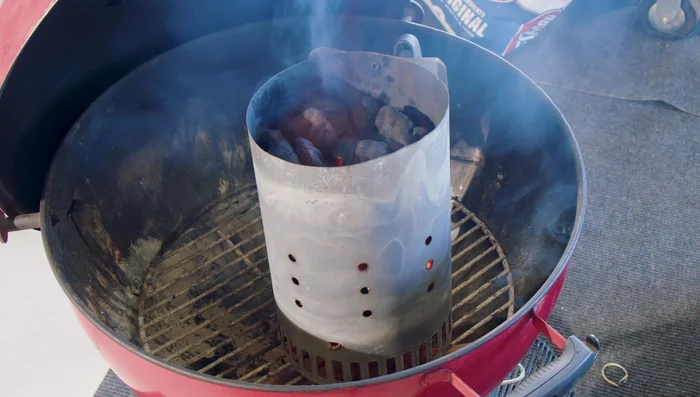The aroma of smoky meat, the satisfying sizzle, the camaraderie around a crackling fire – charcoal grilling is more than just cooking; it's an experience. For generations, backyard barbecues have been synonymous with summer gatherings, family feasts, and the simple pleasure of expertly grilled food. But mastering the art of charcoal grilling takes more than just tossing some burgers on the heat. It's about understanding the nuances of temperature control, fuel management, and the subtle art of flavor enhancement. From choosing the right charcoal to achieving that perfect sear, the journey to grilling greatness is a rewarding one.
This comprehensive guide, "Charcoal Grilling 101: Master the Art of Backyard BBQ," will walk you through each step of the process, from prepping your grill to creating mouthwatering masterpieces. Whether you're a seasoned griller looking to refine your technique or a complete beginner eager to embark on this culinary adventure, get ready to unlock the secrets to perfectly grilled food, every time.
Safety Guidelines
- Never leave a charcoal grill unattended. Always supervise it while in use and ensure embers are completely extinguished before leaving or going to sleep.
- Use proper ventilation. Charcoal grills produce carbon monoxide, a deadly gas. Grill in a well-ventilated area, away from enclosed spaces or buildings.
- Keep a safe distance from the grill while it's hot. Hot coals, grease flare-ups, and the grill itself can cause serious burns. Use long-handled tools and wear appropriate clothing.
Methods: Lighting Charcoal with a Chimney Starter
Tools Needed
- charcoal chimney starter
- newspaper or charcoal fire starters
Step-by-Step Instructions
Prepare the Chimney Starter
- Add charcoal to the chimney.

Prepare the Chimney Starter Ignite the Charcoal
- Light newspaper or fire starter at the bottom.
Preheat the Charcoal
- Allow 15-20 minutes for preheating.

Preheat the Charcoal Check for Readiness
- Check for ash and flames on top - indicates readiness.

Check for Readiness
Tips
- Plan ahead and allow 20-30 minutes for preheating.
- Chimneys create airflow for even lighting.
Methods: Two-Zone Charcoal Grill Setup
Tools Needed
Step-by-Step Instructions
Set up Two-Zone Grill
- Dump preheated charcoal into the grill.
- one with banked coals (direct heat), one without (indirect heat).

Set up Two-Zone Grill Grilling Process
- Cook directly over hot coals for searing.
- Use indirect heat for thick cuts or long cooking times.
- Move food from indirect to direct heat for finishing.

Grilling Process
Tips
- Provides temperature control and even cooking.
- The middle zone offers a medium heat for even cooking.
Methods: Managing Airflow for Temperature Control
Tools Needed
Step-by-Step Instructions
Temperature Control
- Adjust bottom and top vents to control airflow.
- More airflow = higher temperature; less airflow = lower temperature.
Tips
- Half-open vents provide 275-325°F; fully open vents reach 400°F+.
Methods: Safe Charcoal Disposal
Tools Needed
- airtight container for ashes
Step-by-Step Instructions
Extinguish Coals
- Close vents completely to extinguish coals.
Safe Disposal
- Allow at least 24 hours for coals to cool completely before disposal.
Tips
- Never move warm coals; let them cool in the grill.
- Use an airtight container for safe ash disposal.
Read more: Mastering Temperature Control on a Weber Kettle Grill





